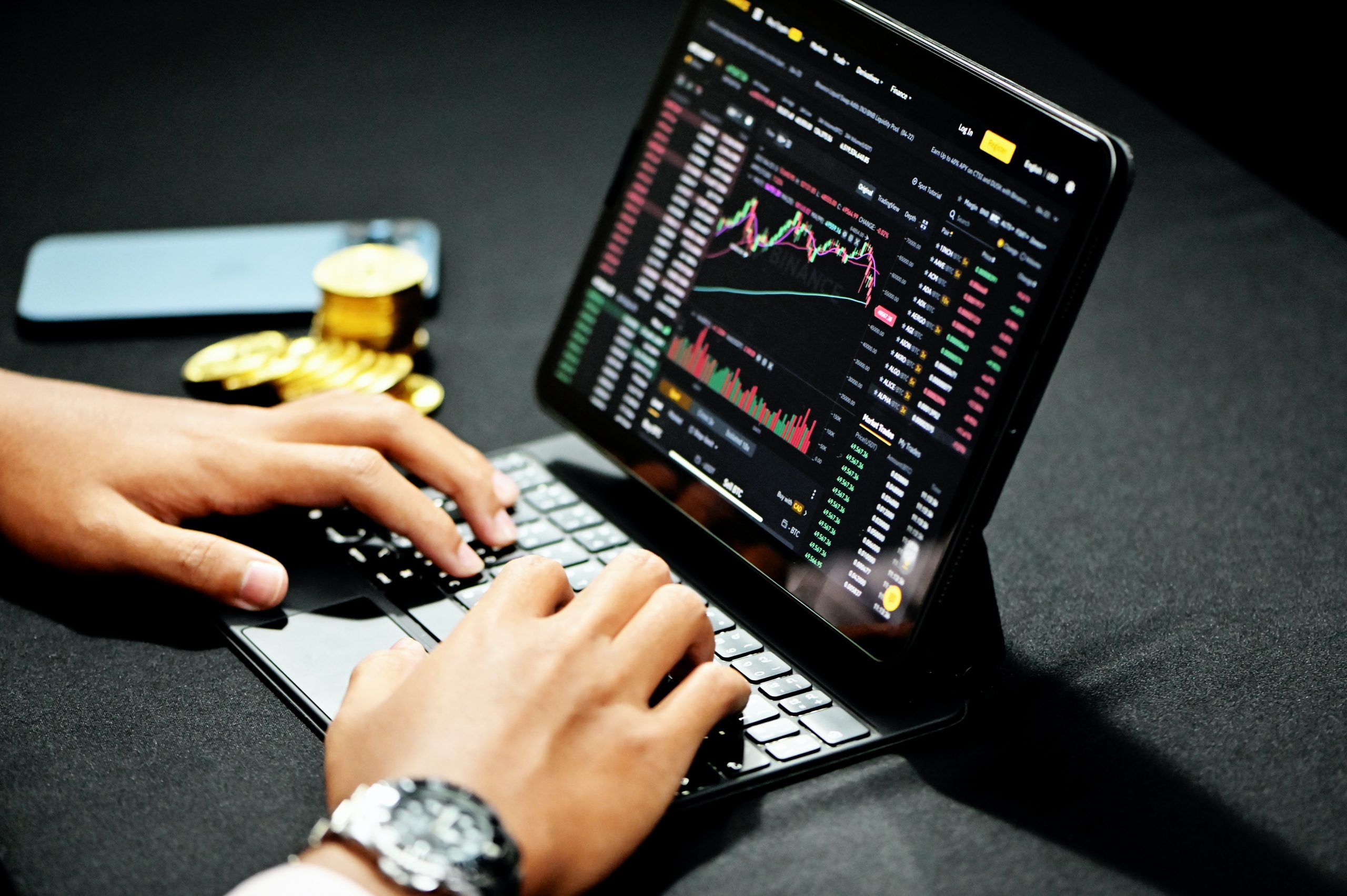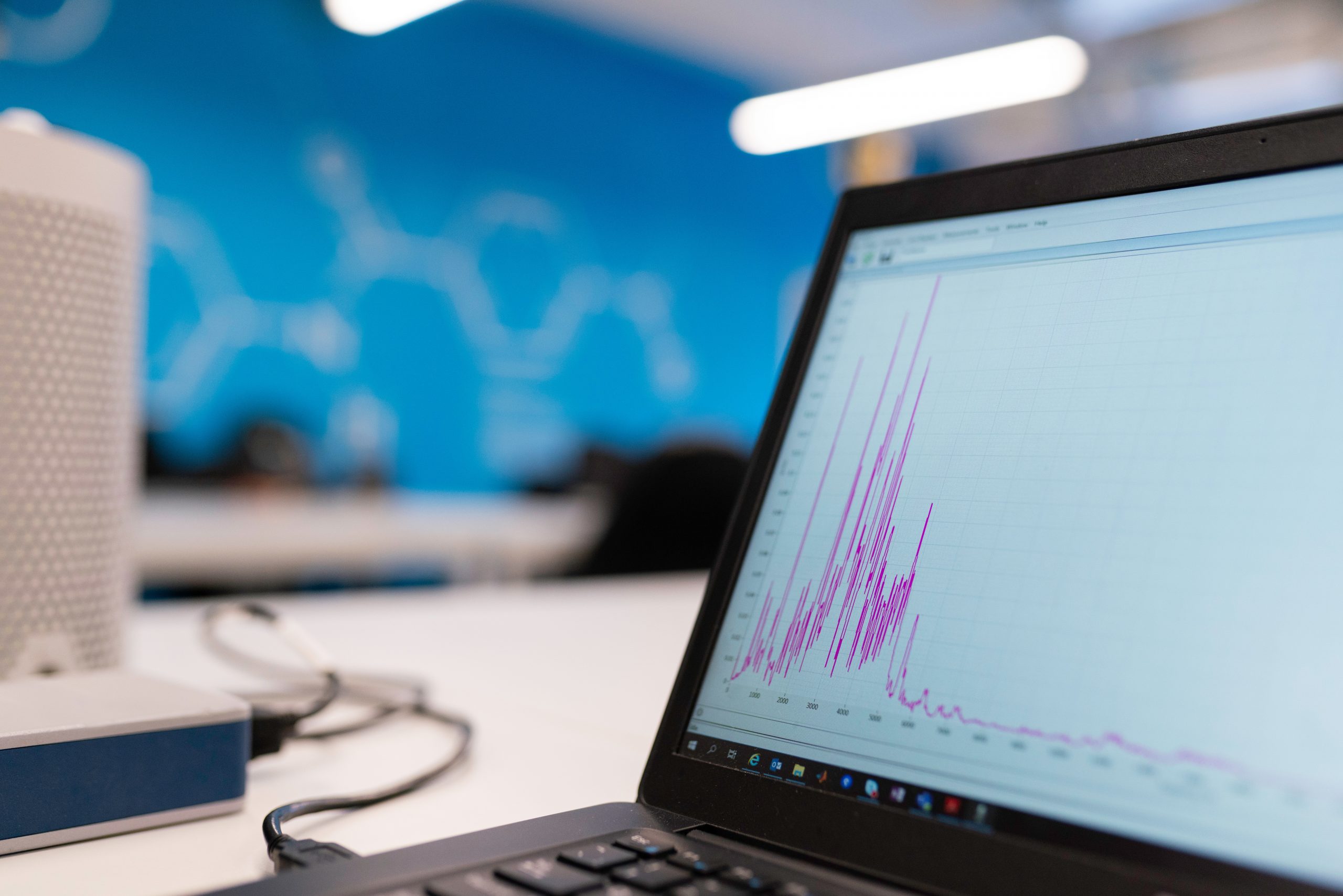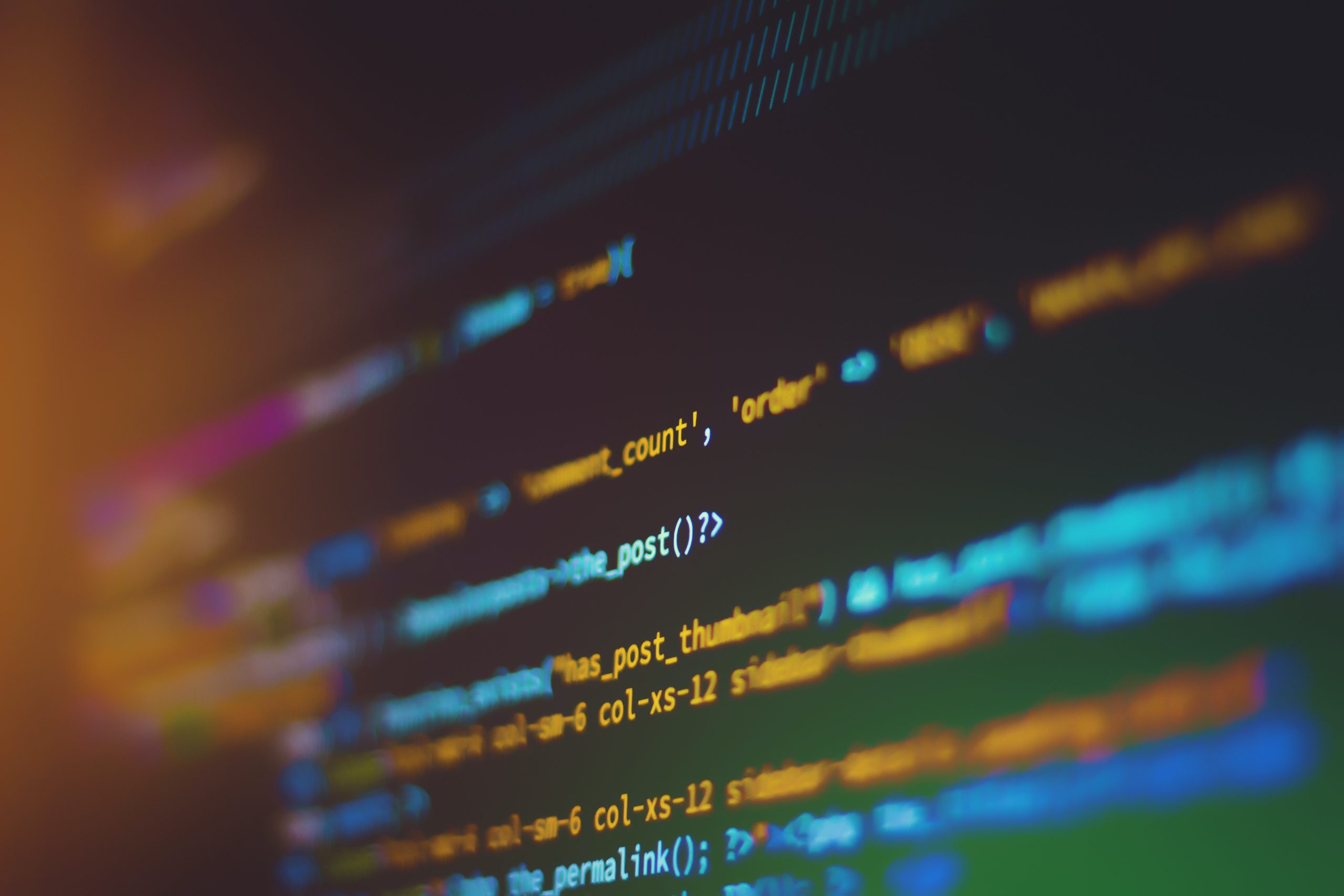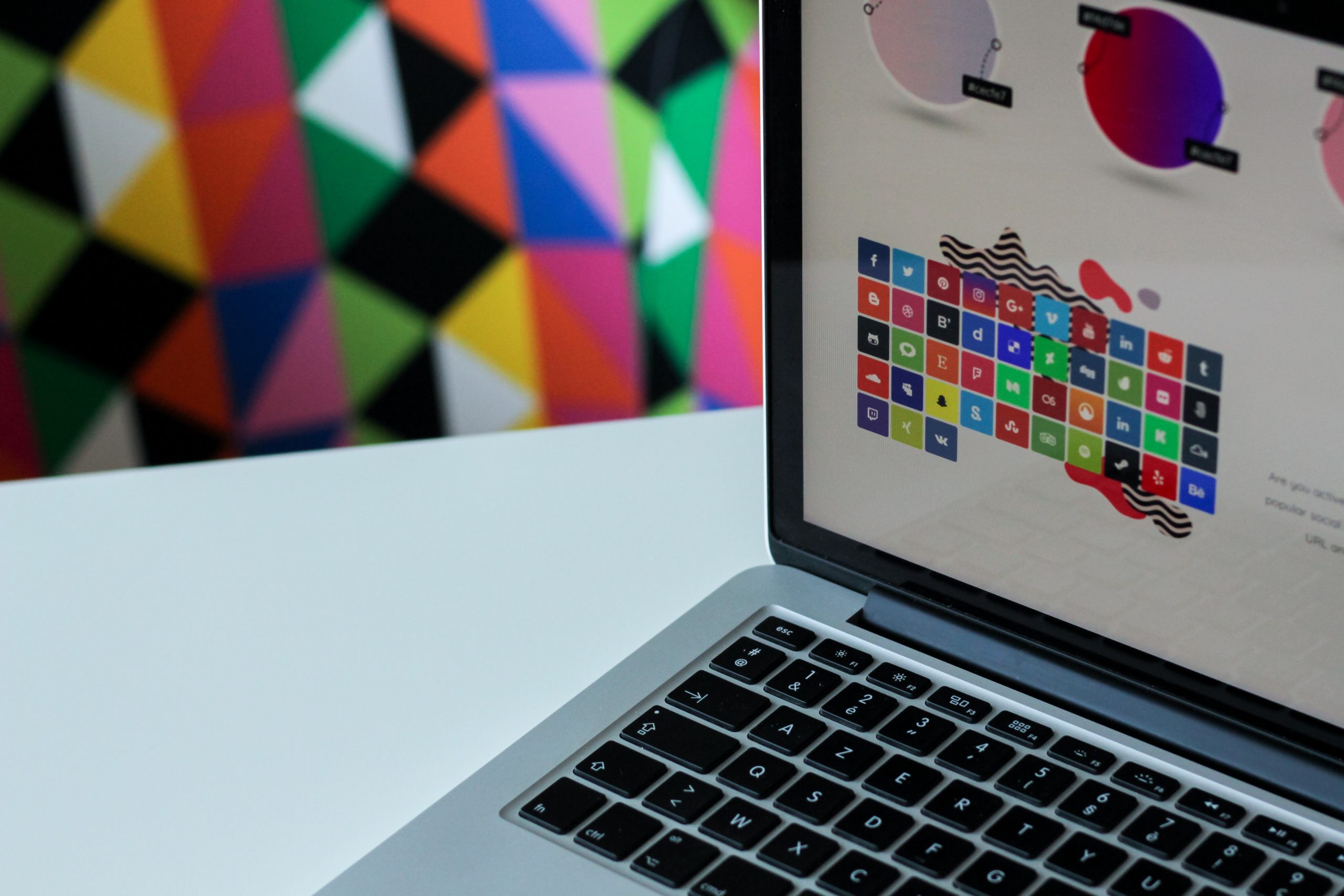Discover the intricate process and cost considerations of developing a blockchain explorer app with Wesoftyou. From understanding the app’s significance to key features and cost breakdown, embark on a comprehensive journey into blockchain technology.
Key Takeaways:
- Blockchain Explorer App Essentials: Unveil the vital role of blockchain explorer apps in providing transparency, traceability, and insights into blockchain networks.
- Key Features: Explore transaction tracking, block exploration, and address monitoring as essential functionalities of blockchain explorer apps.
- Development Process: Navigate through planning, designing, development, and maintenance phases crucial for a successful blockchain explorer app.
- Cost Factors: Delve into the factors influencing the cost, including app complexity, development team expertise, and technology choices.
- Estimated Cost: Gain insights into the estimated cost of building a blockchain explorer app, considering features, technology, and ongoing expenses.
- Cost Reduction Strategies: Learn effective strategies to reduce development costs, such as choosing the right development team and simplifying app features.
Understanding Blockchain Explorer Apps
Before we discuss the cost of building a blockchain explorer app, let’s first understand what it is. A blockchain explorer app is a tool that allows users to explore and monitor the transactions, blocks, and addresses on a blockchain network. It provides a user-friendly interface for accessing and analyzing the data stored on a blockchain.
What is a Blockchain Explorer App?
A blockchain explorer app is essentially a web application that interacts with the blockchain network’s API to fetch and display data. It provides users with a comprehensive view of the blockchain’s transaction history, block details, and address information. Through the app, users can search for specific transactions, track addresses, and explore the network’s blocks in a user-friendly manner.
When using a blockchain explorer app, users can gain insights into the transactional activities occurring on the blockchain network. They can view the details of each transaction, including the sender and recipient addresses, the amount transferred, and the transaction timestamp. This level of transparency ensures that all transactions are verifiable and traceable, enhancing trust and accountability within the blockchain ecosystem.
Moreover, a blockchain explorer app provides a convenient way to monitor addresses on the blockchain network. Users can track the balance of specific addresses, view their transaction history, and even set up notifications for any changes in the address balance. This feature is particularly useful for businesses and individuals who want to keep a close eye on their funds or verify the receipt of payments.
The Importance of Blockchain Explorer Apps
Blockchain explorer apps play a crucial role in the blockchain ecosystem. They provide transparency and immutability by allowing users to verify and validate transactions on the blockchain. They also enable users to track the flow of funds, monitor addresses, and analyze the network’s activity. This information is valuable for businesses, regulators, and users who want to audit transactions, investigate suspicious activities, or gain insights into the network’s health.
For businesses, blockchain explorer apps offer a powerful tool for auditing financial transactions and ensuring compliance with regulatory requirements. By being able to trace the flow of funds, businesses can demonstrate their adherence to anti-money laundering (AML) and know-your-customer (KYC) regulations. Additionally, blockchain explorer apps can help businesses identify any fraudulent or suspicious activities, allowing them to take appropriate action swiftly.
Regulators also benefit from blockchain explorer apps as they provide a means to monitor and enforce compliance within the blockchain ecosystem. By having access to detailed transaction data, regulators can analyze patterns, detect potential money laundering or terrorist financing activities, and take necessary measures to safeguard the integrity of the financial system.
Furthermore, blockchain explorer apps empower users to have a deeper understanding of the blockchain network’s health and activity. By analyzing the transaction volume, block confirmations, and address activities, users can gain insights into the overall adoption and usage of the blockchain network. This information can be valuable for making informed decisions, identifying trends, and assessing the network’s scalability and performance.
In conclusion, blockchain explorer apps are essential tools for exploring and monitoring blockchain networks. They provide users with a user-friendly interface to access and analyze transactional data, address information, and block details. By offering transparency, traceability, and insights, these apps contribute to the integrity and trustworthiness of the blockchain ecosystem.
Key Features of a Blockchain Explorer App
Now that we understand the importance of blockchain explorer apps, let’s delve into the key features that make them essential tools for blockchain enthusiasts and businesses.
Blockchain explorer apps offer a wide range of features that provide users with in-depth insights into the blockchain network. These features not only enhance transparency but also enable users to verify transactions, explore blocks, and monitor specific addresses.
Transaction Tracking
One of the primary features of a blockchain explorer app is transaction tracking. It allows users to search for and verify specific transactions by entering transaction IDs, sender or recipient addresses, or other relevant details. This feature enables users to trace the history of funds and validate their authenticity.
With transaction tracking, users can gain a comprehensive understanding of the flow of funds within the blockchain network. They can verify the sender and recipient addresses, the amount transferred, and the timestamp of each transaction. This level of transparency ensures trust and accountability, making blockchain explorer apps invaluable tools for businesses and individuals alike.
Block Exploration
A blockchain consists of a series of blocks, each containing a set of transactions. Block exploration is a feature that enables users to navigate through the blocks on the blockchain network. Users can view block details, such as the timestamp, hash, and list of transactions included in each block. This feature provides a comprehensive view of the blockchain’s transaction history.
By exploring blocks, users can gain insights into the overall structure and organization of the blockchain network. They can track the sequence of transactions, identify patterns, and analyze the efficiency of the network. Block exploration allows users to understand the chronological order of transactions and ensures the integrity of the blockchain network.
Address Monitoring
Address monitoring is a crucial feature for businesses and individuals who want to keep track of specific addresses on the blockchain. It allows users to monitor the balance, transactions, and activities related to a particular address. This feature helps users identify incoming and outgoing transactions and track the flow of funds.
With address monitoring, users can stay updated on the activities associated with their addresses or addresses of interest. They can receive real-time notifications whenever there is a transaction involving the monitored addresses. This feature is particularly useful for businesses that need to monitor payment addresses or individuals who want to keep track of their personal blockchain accounts.
Address monitoring also enhances security by allowing users to detect any suspicious or unauthorized transactions. By actively monitoring addresses, users can quickly respond to potential threats and take appropriate action to safeguard their funds.
In conclusion, blockchain explorer apps offer a range of features that empower users to explore and analyze the blockchain network. From transaction tracking to block exploration and address monitoring, these features provide invaluable insights and transparency. Whether you are a blockchain enthusiast or a business relying on blockchain technology, a blockchain explorer app is an essential tool for navigating the world of decentralized finance.
The Process of Building a Blockchain Explorer App
Building a blockchain explorer app involves a series of steps, from planning and designing to development and maintenance. Let’s take a closer look at each phase.
Planning and Designing
The first step in building a blockchain explorer app is planning and designing its architecture. This phase involves identifying the target blockchain network, understanding its APIs, and defining the scope and features of the app. From our experience, it is crucial to have a clear understanding of the requirements and user expectations before moving forward.
During the planning and designing phase, it is important to consider the various aspects of the blockchain explorer app. This includes determining the type of information that will be displayed, such as transaction history, block details, and wallet balances. Additionally, the user interface design should be intuitive and user-friendly, allowing users to easily navigate through the app and access the desired information.
Furthermore, it is essential to consider the scalability and performance of the app. As blockchain networks continue to grow, the app should be able to handle increasing amounts of data without compromising its speed and efficiency. This requires careful consideration of the underlying infrastructure and database architecture.
Development and Testing
Once the planning and designing phase is complete, the development and testing phase begins. This is where the actual implementation of the app takes place. Developers write the code, integrate it with the blockchain’s API, and create the user interface. Comprehensive testing is performed to ensure the app functions correctly and meets the desired performance standards.
During the development phase, developers may encounter various challenges, such as working with complex blockchain protocols and ensuring data integrity. It is important to have a thorough understanding of the blockchain technology being used and the specific requirements of the chosen blockchain network. This knowledge allows developers to implement the necessary functionalities and ensure the app operates seamlessly.
Testing plays a crucial role in the development process. It involves conducting various tests, such as unit testing, integration testing, and end-to-end testing, to identify and fix any issues or bugs. Additionally, performance testing is performed to ensure the app can handle a significant number of concurrent users and maintain optimal response times.
Deployment and Maintenance
After successful development and testing, the blockchain explorer app is deployed to a production environment where users can access it. Ongoing maintenance is essential to ensure the app remains up-to-date, secure, and compatible with the evolving blockchain technologies. Regular updates, bug fixes, and security patches are necessary to provide a seamless user experience.
Deployment involves setting up the necessary infrastructure, such as servers and databases, to host the app. It also includes configuring the app to connect to the desired blockchain network and ensuring proper data synchronization. This phase requires careful planning and coordination to minimize downtime and ensure a smooth transition from development to production.
Maintenance involves monitoring the app’s performance, addressing any issues that arise, and implementing new features or enhancements based on user feedback. It is important to stay up-to-date with the latest developments in blockchain technology to ensure the app remains relevant and compatible with future updates. Regular security audits and vulnerability assessments should also be conducted to protect user data and prevent potential attacks.
In conclusion, building a blockchain explorer app is a complex process that requires careful planning, thorough development, and ongoing maintenance. By following these steps and staying updated with the latest advancements in blockchain technology, developers can create a reliable and user-friendly app that provides valuable insights into the blockchain network.
Factors Influencing the Cost of Building a Blockchain Explorer App
The cost of building a blockchain explorer app is influenced by factors like app complexity, development team expertise, technology stack, and ongoing maintenance. Explore these factors to make informed decisions in your blockchain app development journey. Let’s delve deeper into the key factors that influence the cost of building a blockchain explorer app.
Complexity of the App
The complexity of the blockchain explorer app is a significant factor in determining its cost. While some apps may only require basic functionalities like displaying transaction details and block information, others may require more advanced features.
For instance, real-time data updates can be a complex feature to implement. It requires constant monitoring of the blockchain network and updating the app’s interface accordingly. Similarly, advanced search capabilities that allow users to search for specific transactions or addresses can add complexity to the development process.
Data visualization is another feature that can significantly impact the app’s complexity. Creating interactive charts and graphs to represent blockchain data in a user-friendly manner requires specialized skills and additional development effort.
Therefore, it’s important to carefully consider the desired features and functionalities of the blockchain explorer app as they directly affect the development time and cost.
The Development Team
The composition and expertise of the development team directly impact the cost of building a blockchain explorer app. Highly skilled developers with experience in blockchain technologies may command higher rates due to their specialized knowledge.
Additionally, the size of the development team can also affect the overall cost of the project. Larger teams may be able to complete the development process faster, but this can also result in higher costs. On the other hand, smaller teams may take longer to develop the app but may offer more cost-effective solutions.
Furthermore, the project management approach employed by the development team can also impact the cost. Effective project management ensures efficient resource allocation, timely delivery of milestones, and effective communication, which can ultimately affect the overall cost of the project.
The Technology Used
The choice of technology stack can significantly impact the cost of building a blockchain explorer app. Some blockchain networks provide well-documented APIs and software development kits (SDKs) that streamline the development process.
However, if the chosen blockchain network lacks robust documentation or requires custom integration, additional development effort may be required, resulting in higher development costs. The complexity of integrating with the chosen blockchain network and the availability of developer resources familiar with the technology can also influence the cost.
Moreover, the scalability and performance requirements of the app can also impact the technology choices. If the app is expected to handle a large volume of transactions or require high-speed data processing, it may require more advanced and expensive technologies.
Considering these factors and making informed decisions about the technology stack can help manage the cost of building a blockchain explorer app.
Estimated Cost of Building a Blockchain Explorer App
Now that we have examined the factors influencing the cost, let’s explore the estimated cost of building a blockchain explorer app.
A blockchain app development cost involves various factors that can influence it. These factors include the complexity of the app, the number of features, the technology stack used, and the level of security required. Each of these elements plays a crucial role in determining the final cost of the project.
Cost Breakdown
The cost of building a blockchain explorer app can vary depending on the factors mentioned earlier. As a rough estimate, a basic blockchain explorer app with essential features may cost around $50,000 to $100,000. This cost includes the expenses associated with the development process, such as designing the user interface, implementing the necessary functionalities, and conducting thorough testing to ensure a seamless user experience.
However, it is important to note that the cost can significantly increase if you require more sophisticated apps with advanced functionalities and complex integrations. In such cases, the estimated cost can go upwards of $150,000. These advanced features may include real-time data updates, advanced search capabilities, customizable dashboards, and integration with other blockchain networks.
Additional Costs to Consider
In addition to the development cost, it is important to factor in other costs that may arise during the lifecycle of the blockchain explorer app. These costs include ongoing maintenance, hosting, and security measures.
Ongoing maintenance is essential to ensure that the app remains up-to-date and functions smoothly. This includes regular bug fixes, updates to accommodate changes in the blockchain network, and improvements based on user feedback. The cost of maintenance can vary depending on the complexity of the app and the frequency of updates required.
Hosting is another aspect that needs to be considered. The choice of hosting provider and the server resources required can impact the cost. It is crucial to select a hosting provider that offers reliable performance, scalability, and security features to ensure the app’s optimal functioning.
Security is of utmost importance when it comes to blockchain explorer apps. As these apps deal with sensitive data and interact with blockchain networks, implementing robust security measures is essential. The cost of security measures can vary depending on the level of protection required, such as encryption, authentication, and secure data storage.
Furthermore, the size of the user base can also impact the overall cost. If the app is expected to handle a large number of users simultaneously, additional resources and infrastructure may be required to ensure smooth performance, which can increase the cost.
In conclusion, the estimated cost of building a blockchain explorer app can vary depending on various factors. From the initial development cost to ongoing maintenance, hosting, and security expenses, it is important to consider all aspects to ensure a successful and secure blockchain explorer app.
Ways to Reduce the Cost of Building a Blockchain Explorer App
While building a blockchain explorer app can be a significant investment, there are ways to minimize costs without compromising on quality. Here are some strategies to consider:
Choosing the Right Development Team
Selecting a competent and experienced development team is crucial. At Wesoftyou, we have a team of skilled developers who specialize in blockchain technologies. Our expertise can help streamline the development process and reduce costs without compromising on quality.
Simplifying the App Features
By prioritizing essential features and functionalities, you can reduce the overall cost of the app. It is essential to understand the core requirements and focus on delivering value to users rather than adding unnecessary complexities.
Using Open Source Technologies
Utilizing open-source technologies can significantly reduce development costs. Open-source libraries, frameworks, and tools provide a solid foundation for building blockchain explorer apps, helping to minimize development time and effort.
Conclusion: Is Building a Blockchain Explorer App Worth the Cost?
In conclusion, building a blockchain explorer app can be a crucial investment for businesses operating in the blockchain industry. It provides transparency, data analysis, and monitoring capabilities that are essential in today’s blockchain ecosystem. However, the cost of building a blockchain explorer app should be carefully evaluated against the expected benefits and user requirements. Our team at Wesoftyou is experienced in delivering high-quality software solutions and can provide a free consultation or project estimation tailored to your specific needs.
FAQ
A blockchain explorer app provides transparency, auditability, and valuable insights into the blockchain transactions and addresses. It is essential for businesses, regulators, and users who want to validate, analyze, or track transactions on the blockchain network.
The key features of a blockchain explorer app include transaction tracking, block exploration, and address monitoring. These features allow users to search for specific transactions, explore blocks, and monitor the activities associated with specific addresses on the blockchain.
To reduce the cost of building a blockchain explorer app, you can prioritize essential features, choose the right development team, and utilize open-source technologies. These strategies can help minimize development time and effort while maintaining the quality of the app.
Yes, WeSoftYou has expertise in building blockchain explorer apps. Our experienced team can provide a free consultation or project estimation tailored to your specific requirements. Contact us today to discuss your project!
Interested in building a blockchain explorer app? Contact us for a free consultation or project estimation. We at WeSoftYou have the expertise and experience to deliver high-quality software solutions tailored to your needs. Don’t hesitate to reach out to us to discuss your project requirements.





















